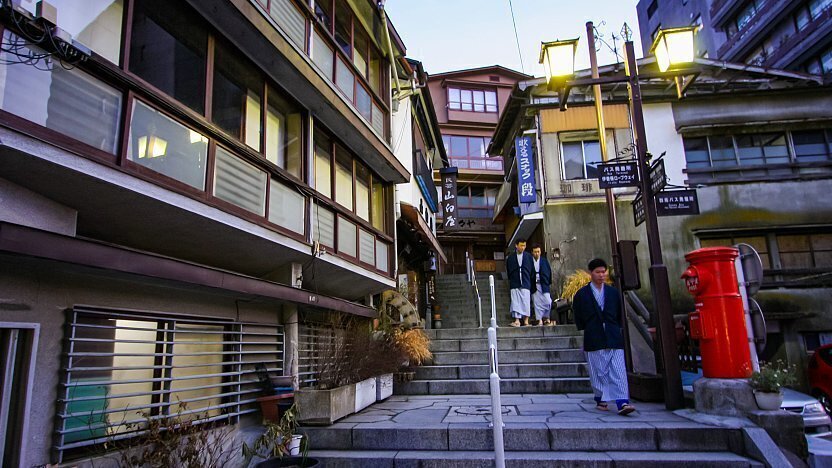
Ikaho Onsen was originally developed by warlord Takeda Shingen during the era of warring states. Shingen established the town on the foothills of Mount Haruna as a place to rest his soldiers and heal their wounds in the local thermal waters. The encampment that his army built along the slope eventually became the town center of Ikaho Onsen.
Today, a 300 meter long series of stone stairs (ishidan gai) progresses upwards through the middle of the mountain town, flanked by souvenir shops and ryokan along the way. The stairs measure 365 steps in total and have been renovated over the years. Original examples of the previous stonework can be seen at the Ishidan no Yu public bath house.
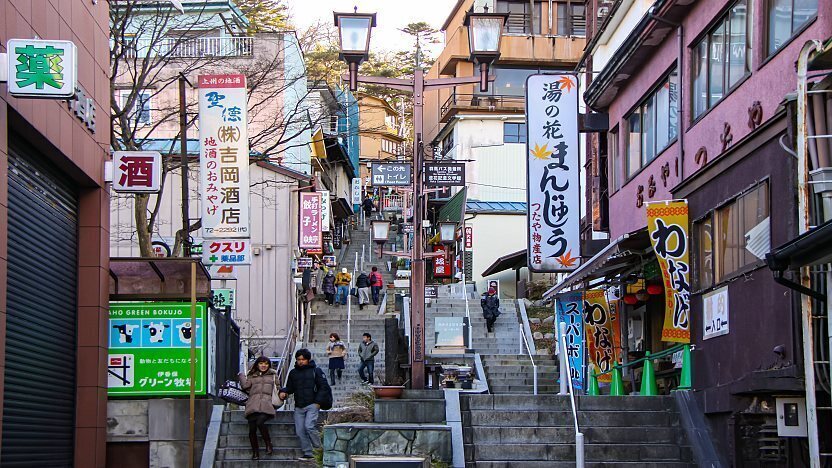
Ascending from the base of the steps will take you past the restored former Villa of the Minister of the Kingdom of Hawaii. The Japanese style villa was originally built during the Meiji Period, when Hawaii was still an independent nation. Next door is a small museum describing the relationship between the town and Hawaii. In addition, a Hawaiian festival is held each year along the steps and includes events such as hula dancing.
Just next to the Hawaiian villa stands the reconstructed Ikaho Checkpoint which controlled traffic along a highway connecting Gunma with Niigata in past centuries. During the Edo Period (1603-1868), such checkpoints were used as a means of restricting travel, as travelers were required to stop and show travel permits. The building houses a small museum displaying hand-printed passes, documents, weapons and other relics of the time.
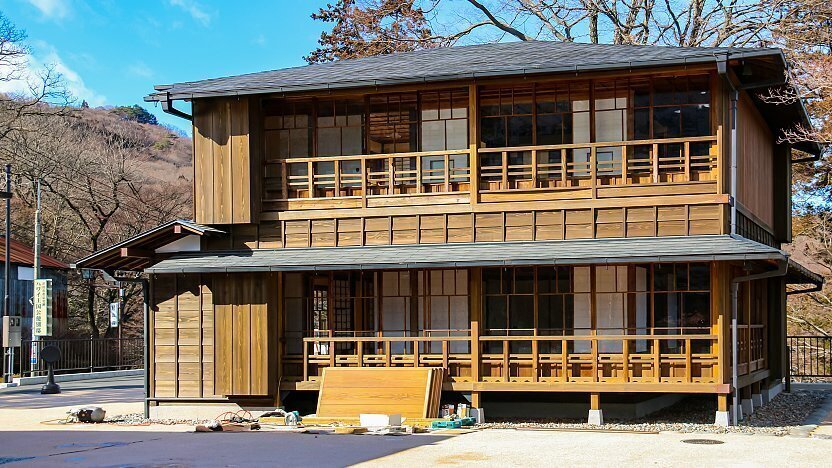
The midpoint of the stone steps comprises the center of the old town, and is lined by a variety of restaurants, ryokan, and souvenir shops selling all manner of traditional toys, sweets and local products. In the evenings, guests staying at the local ryokan can be seen strolling about in yukata, checking out the shops, and generally lending a bit of nostalgia to the atmosphere.
Several of the shops along the stairs operate a variety of old carnival type games such as cork gun shooting galleries, smartball (a pinball like game), ring toss and archery. The games typically cost a few hundred yen and offer small trinkets and souvenirs as prizes.
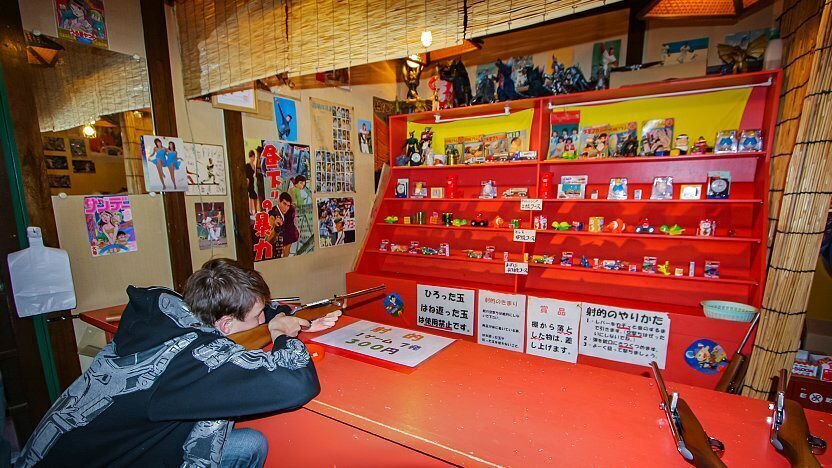
About three quarters of the way up the steps is a side street to the Ikaho Bus Terminal and the Ikaho Ropeway, from where frequent ropeways depart up to the nearby peak of Mount Monokiki. The observation deck at the top has beautiful panoramic views out over the surrounding basin.
At the top of the steps stands Ikaho Shrine beyond which is a road that leads along the mountainside to Kajika Bridge. In fall, this red wooden bridge offers an impressive view together with the autumn colors around late October to early November. In addition, deep brown hot spring water can be seen flowing under the bridge in all seasons. The iron rich water can be tasted at a small drinking fountain along the side of the road.
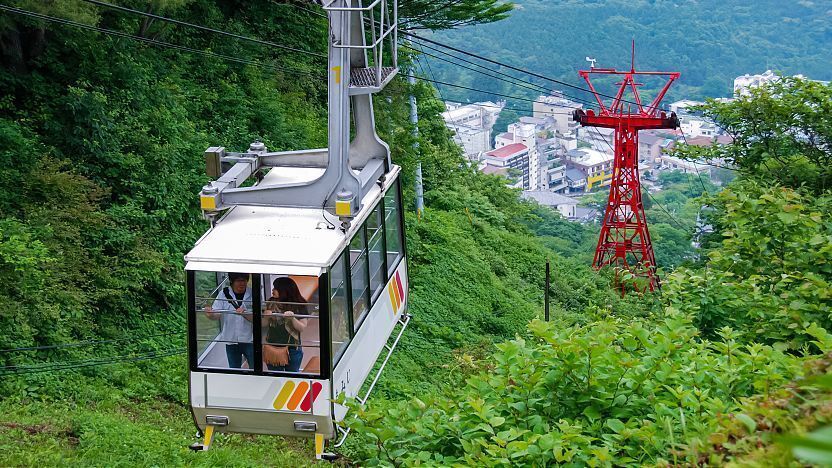
Getting there and around
The attractions around central Ikaho can all be reached on foot. The stone steps are about 300 meters in length and have handrails in place for those who require a bit of assistance. At the top of the steps, a road veers to the right leading to Kajika Bridge, about 250 meters away. The Ikaho Rotemburo is another 300 meters past the bridge along the same road.
How to get to and around Ikaho Onsen
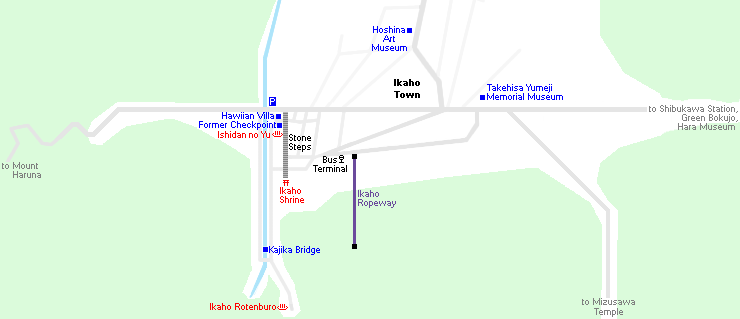
Hours and Fees
Former Villa of the Minister of the Kingdom of Hawaii
Hours
Closed
Admission
Ikaho Checkpoint
Hours
Closed
Admission
Ikaho Ropeway
Hours
Closed
Admission
Questions? Ask in our forum.